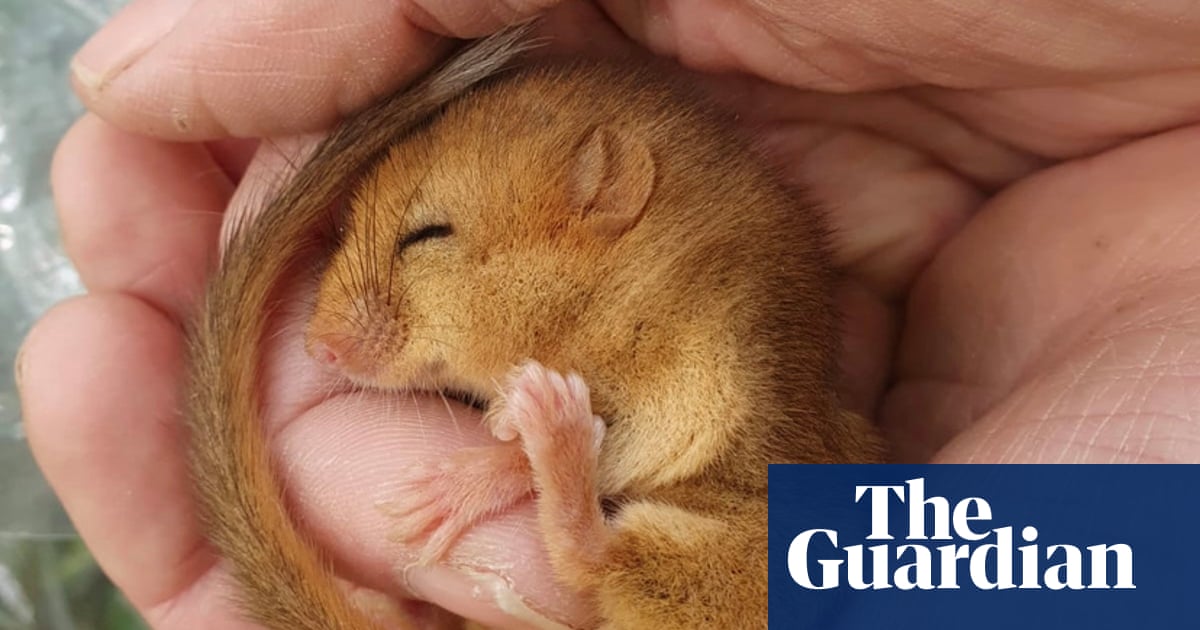- cross-posted to:
- upliftingnews@lemmit.online
- cross-posted to:
- upliftingnews@lemmit.online
Vast expanses of rolling hilltops may be easy on the eye. But look a bit closer and many are in fact bleak landscapes – overgrazed and mostly devoid of diverse natural life. Shortsighted agricultural practices, habitat destruction and factory farming are among the causes of an alarming biodiversity crisis in Britain, where one in six species are in danger of local extinction.
Around the edges, however, local wildlife restoration projects are having an impact. Last year, 3.22% of the UK’s land was deemed to be well protected and managed, according to Wildlife Trusts, a slight increase on 2021, and councils are embracing rewilding. More and more community and private projects appear to be springing up too.
The nature restoration project Back on Our Map is one of these. Working in and around the Lake District, it has restored habitats across a series of protected areas from Morecambe Bay to Grizedale Forest, reintroducing species such as the seriously endangered hazel dormouse. It released 69 of the rodents in June 2021, which have since bred, with more than 100 juvenile dormice found in subsequent surveys.
There were also 64 small blue butterflies translocated from a nearby coastal site to widen the population’s geographic range. “Each butterfly was released by a young person from a local primary school,” says Anya Kuliszewski, a community engagement officer. “It was a lovely way of involving the next generation of wildlife enthusiasts.”



deleted by creator